Cura (“curator”) is on the ground floor of the Four Seasons Ritz hotel in Lisbon, which dates back to 1959 and features 40,000 square metres of marble. Cura’s head chef is Pedro Pena Bastos, appointed in 2019, and offers menus at €145 (£124) for five courses and €185 (£158) for ten courses. The style of food is “modern Portuguese”, and may include dishes like seafood chawanmushi and amberjack with pepper and tea. The restaurant held one Michelin star in the 2023 guide, the star being first awarded in 2021. Head chef Pedro Pena Bastos had previously worked at restaurants including Geranium and The Ledbury and various Lisbon restaurants including CEIA and Belcanto. The dining room had well-spaced tables and a view into the open kitchen at one end of the room. A local regular diner here arranged this meal and took charge of the wines, so I don’t have any wine analysis in this review.
An initial snack was a yeast dough base topped with a mousse of smoked eel, fennel and chestnut. The topping had quite silky texture and the distinctive flavour of the eel came through well (15/20). This was followed by Savoy cabbage with red mullet and tiny teardrop peas from northern Spain (an expensive ingredient from Guipuzcoa in the Basque country that can cost 90 euros a kilo or even more). On the side was a dashi stock made from red mullet bones and cabbage. The red mullet had good flavour but for me the best element of the dish was the peas, which had lovely natural sweetness (16/20).
This was followed by a dish served in two separate bowls. One contained lettuce topped with a generous shaving of Italian black truffles; the other bowl had a foam of roasted onion with a lettuce granita in the form of frozen pearls. This was pretty much peak season for the truffles, which had plenty of musky fragrance, and paired well with the plainer lettuce (16/20).
A signature dish of the chef was next, squid with hazelnuts, caviar and roasted seaweed with a butter sauce. The caviar was oscietra from Austria, from sturgeons raised in the Alps by a supplier called Alpen Kaviar. The squid was shaped into pasta-like strands in a similar way to the classic dish of Pierre Koffmann, and was tender, the hazelnut adding a contrasting texture (16/20). At this point of the meal, an array of breads appeared, made from scratch in the kitchen, some from “ancient wheat” and all having excellent texture.
This was followed by grilled sea bass with shrimp, razor clams and cauliflower with a sauce flavoured with sparkling wine laced with wild garlic. The locally-caught sea bass was carefully cooked and had excellent flavour, the clams were tender and the earthy cauliflower made an interesting contrast (16/20).
The final savoury dish was beef tenderloin from Minhota, a breed of cattle from north east Portugal. The beef was grilled over charcoal and served with rice mixed in with turnips, alongside a little cow tongue, which was slow cooked and had plenty of flavour. The beef itself was lovely, precisely cooked and complemented nicely by the earthy flavour of the turnip (17/20).
Dessert hinted back to the earlier bread course, with roasted bread ice cream and pineapple along with toasted chocolate as well as a kind of molasses of bread that had been heavily reduced almost to a balsamic vinegar consistency. The pineapple was, I was told, from the Azores, where pineapples were introduced to the islands by Portuguese navigators in the 18th century. This dish for me was in the interesting rather than dazzling category, but was pleasant enough (14/20).
Coffee was from Honduras, supplied by a local roaster called Senzo and was reasonable if unexceptional. Petit fours included a particularly lovely little orange cake, and a more experimental chocolate truffle with mushrooms and sweet rice. Service was charming and attentive throughout, and the bill came to €240 (£205) per person including plenty of nice Portuguese wine, the star of which was a very good red wine (a Quinta di Lemos 2006 from the Dao region south of the Douro valley) at €110 a bottle. Overall Cura was a very enjoyable experience, with carefully prepared local ingredients and a modern cooking style without venturing too far off the beaten path.


















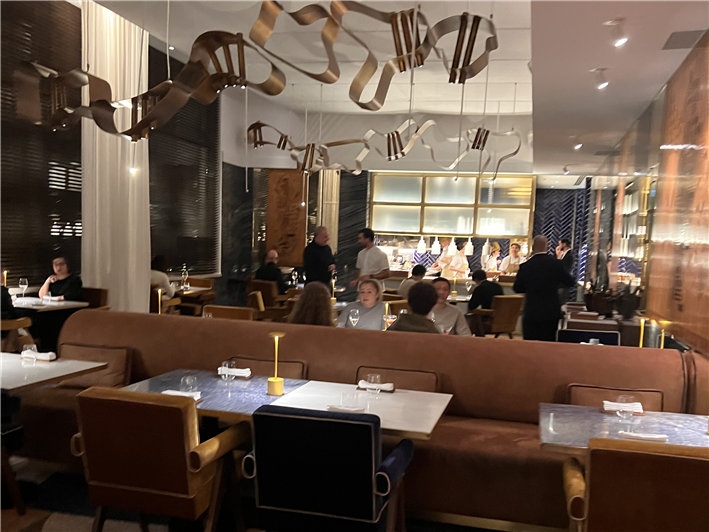
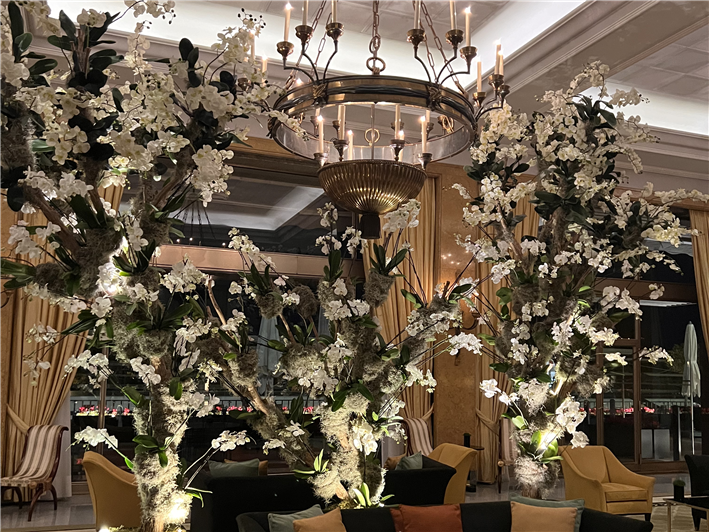


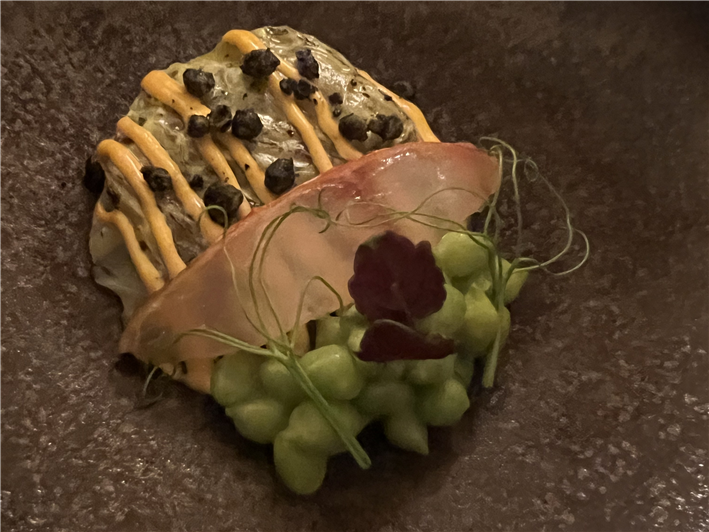
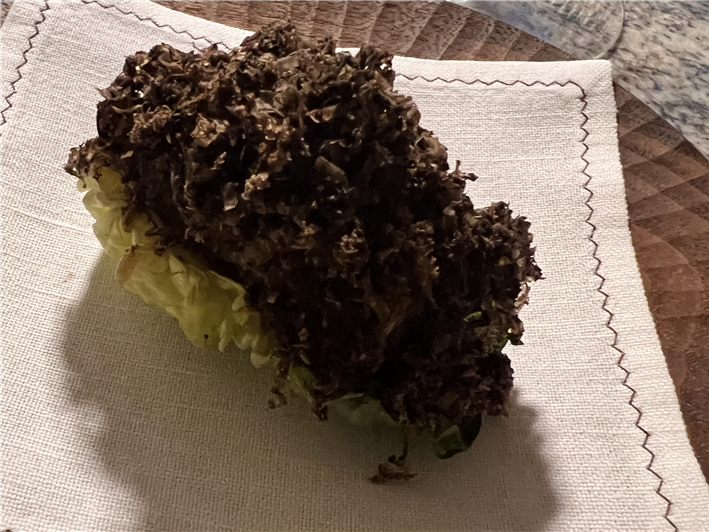
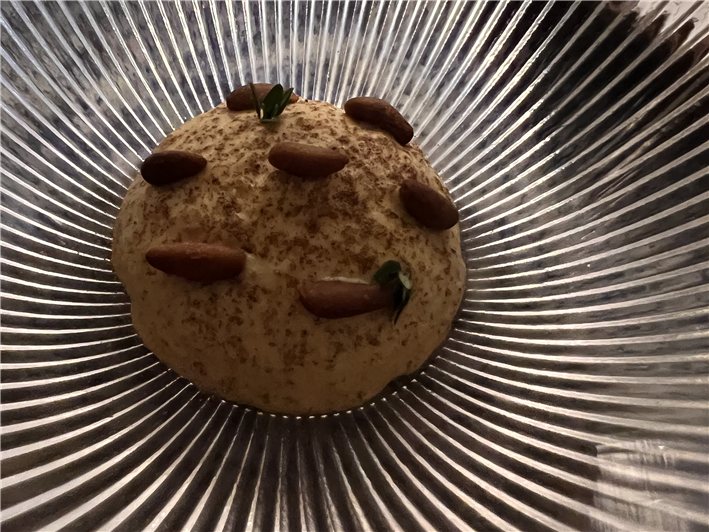
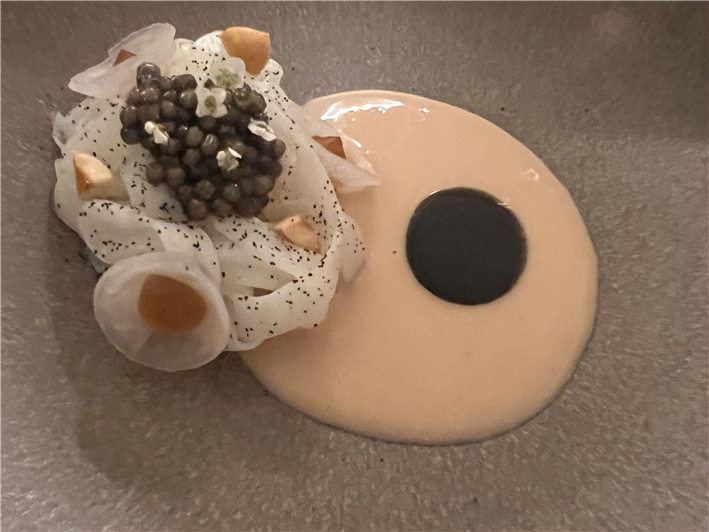
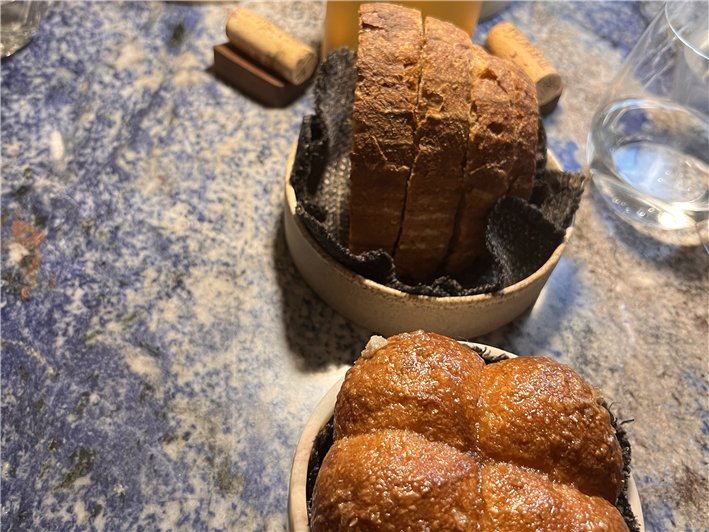
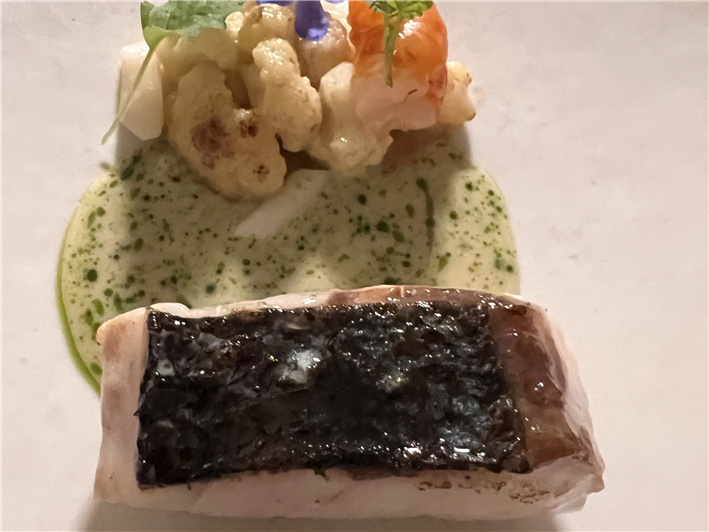
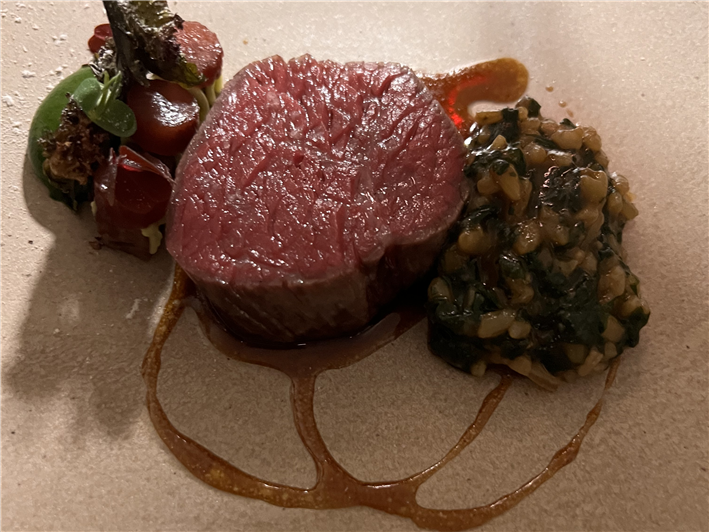
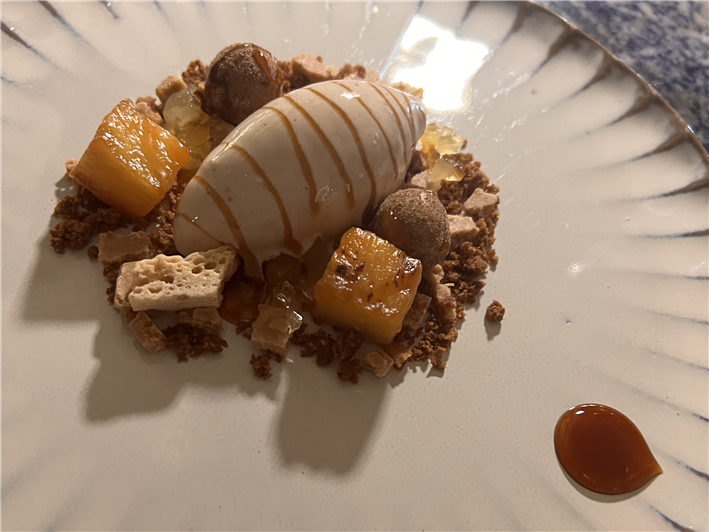


tim wharton
This looks lovely. I'd be interested in your thoughts on something - feel free to email. I lived in Portugal for three years (1990-1993). There were no Michelin starred restaurants in Portugal then. However, all the food I ate, pretty much everywhere, was utterly delicious. Glorious seafood and meat and fish, potatoes and cabbage of a quality I had never had and have never had since. I eat in Michelin restaurants as much as I can, and love what has now (horribly) become known as 'fine-dining'. But what are we really aiming for when we eat out with friends. I ask myself this often. Given the choice, would I rather eat at Core, or The Fat Duck, in preference to the salt cod I used to eat at O Gordo, in Torres Vedras? Soft, barely salty cod, grilled over olive wood (cepas), with baby potatoes in their skins cooked in the ashes, strewn with chopped garlic and local olive oil. Honestly, I don't know.